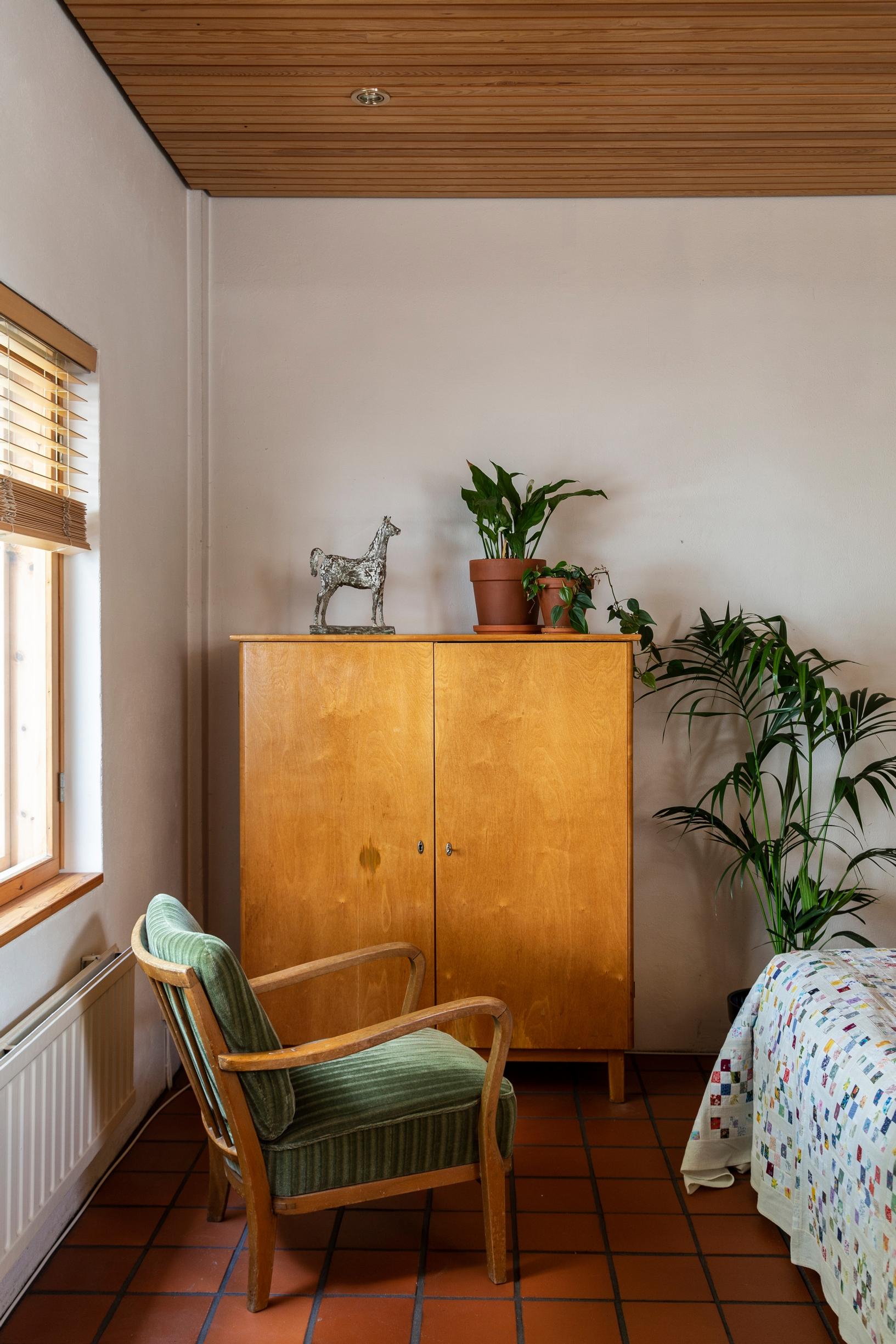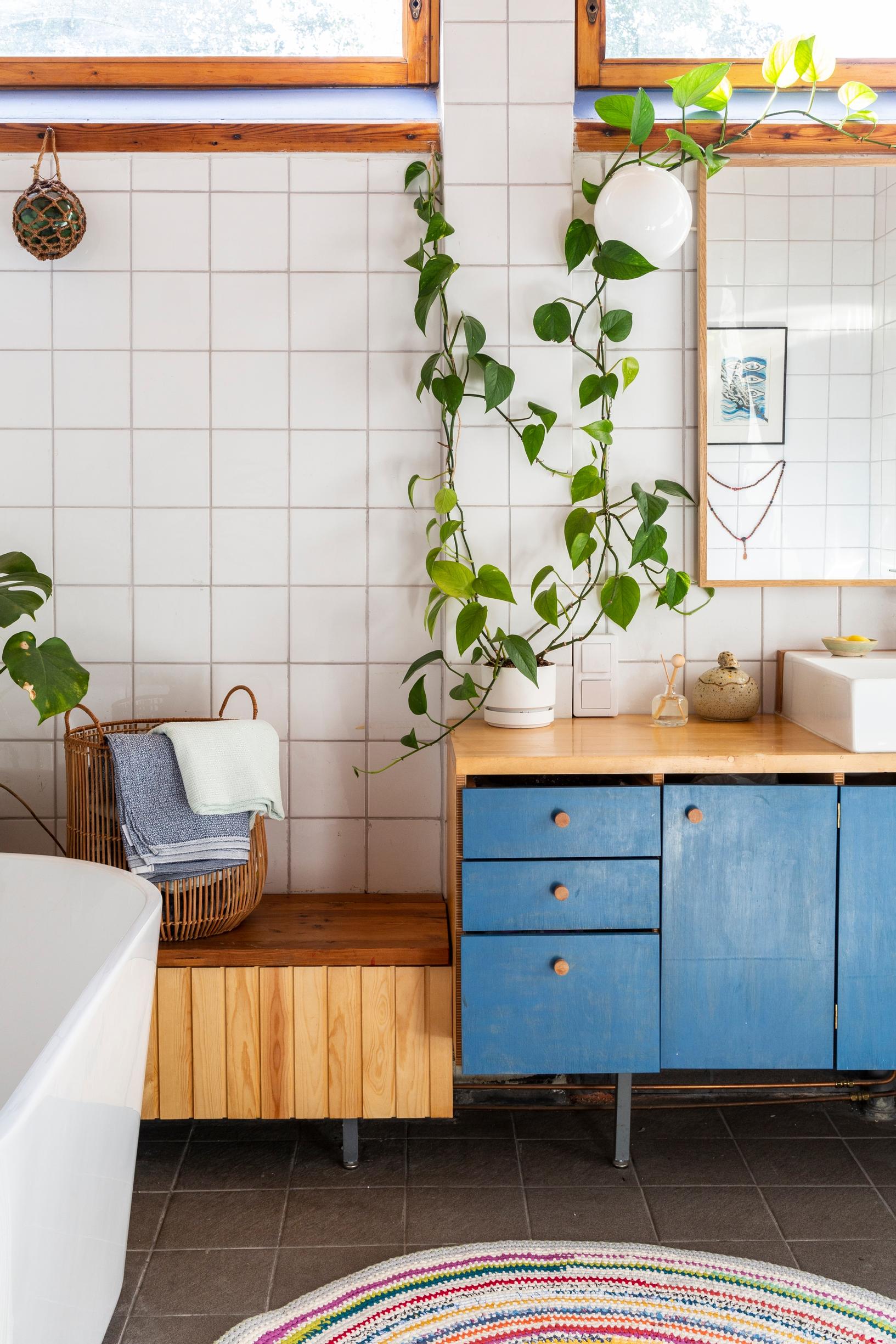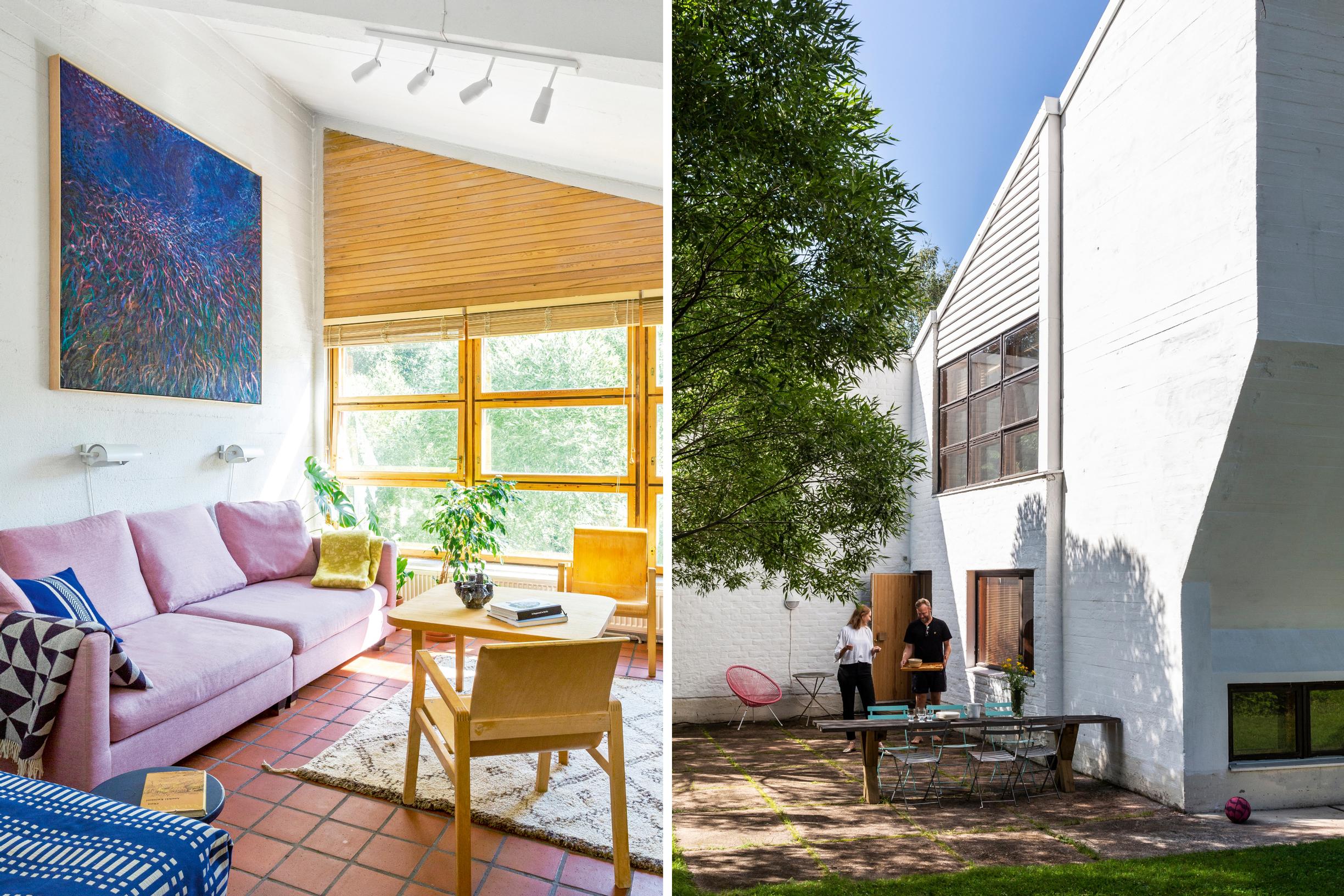
Family home in a heating plant designed by Alvar Aalto: “We didn’t find the building; it found us”
Visual artist Eemil Karila and his spouse, Heini-Tuuli Onnela, moved from Berlin back to Rovaniemi, Northern Finland, where Eemil spent his childhood. They found their dream home in a building originally built as a heating plant, designed by architect Alvar Aalto.
Between 1958 and 1961, inspired by the Tapiola district in Espoo, a small garden city took shape in Rovaniemi, Northern Finland. On this site designed by Alvar Aalto, two apartment buildings and three row houses were built. The area also got its own shopping center and a heating plant, which today is home to a family of three.
For years, Eemil Karila had a feeling he would someday return to Rovaniemi, where he spent his childhood. His focus on nature, which had begun years ago, was drawing the artist back to Finland and Lapland like a magnet. Around the same time, his spouse, Heini-Tuuli Onnela, was offered an exciting job opportunity in Rovaniemi.
“That deep connection to nature is ingrained in us Northern people; you can try to run away from it in big cities, but not forever,” Eemil says.
RESIDENTS Visual artist Eemil Karila, communications and marketing director Heini-Tuuli Onnela, and Eelis, 6. Instagram: @eemilkarila.
HOME An apartment in a heating plant designed by Alvar Aalto, completed in 1959. The building was converted into a residence in the late 1990s. The home measures 200 square meters, including the basement.

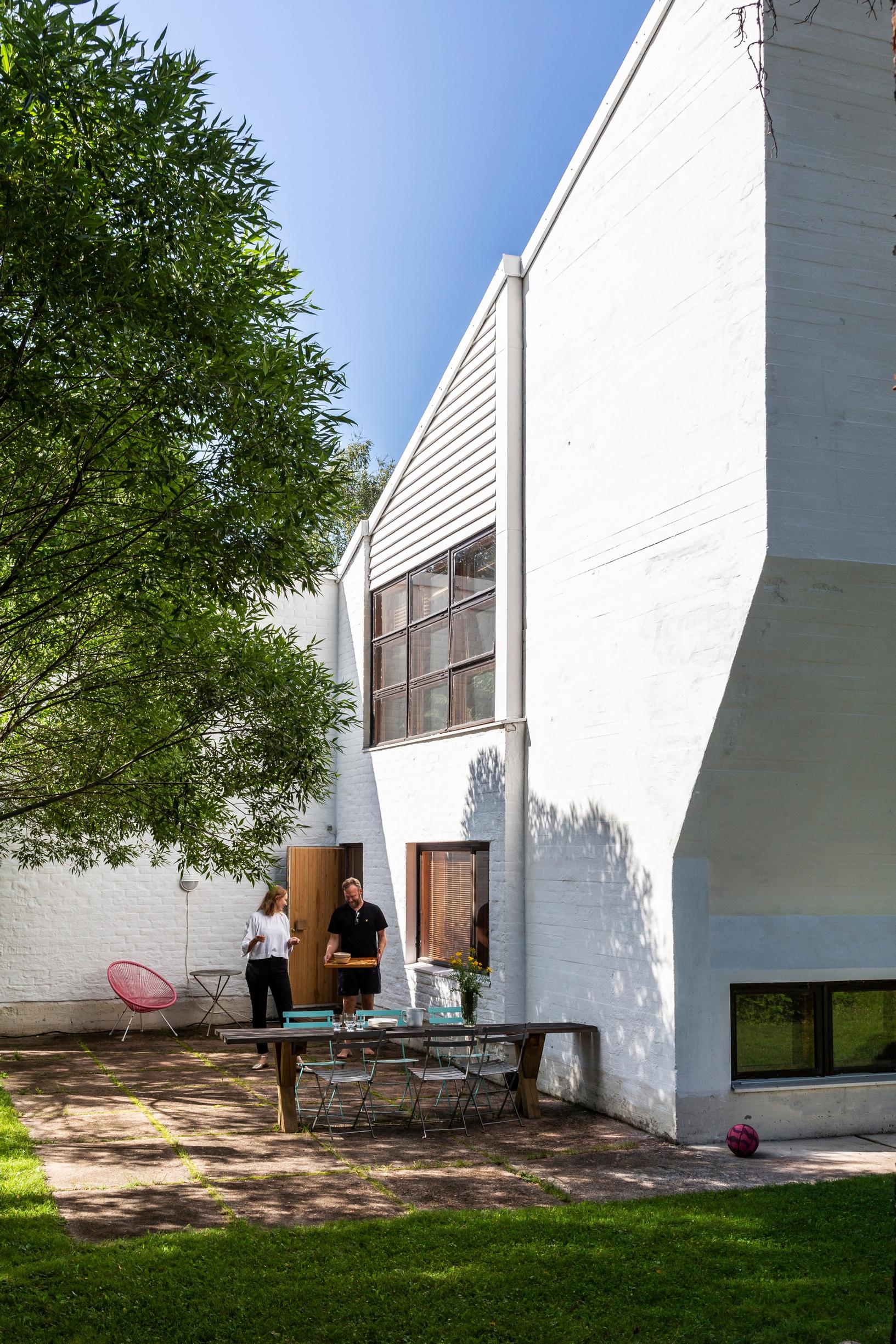

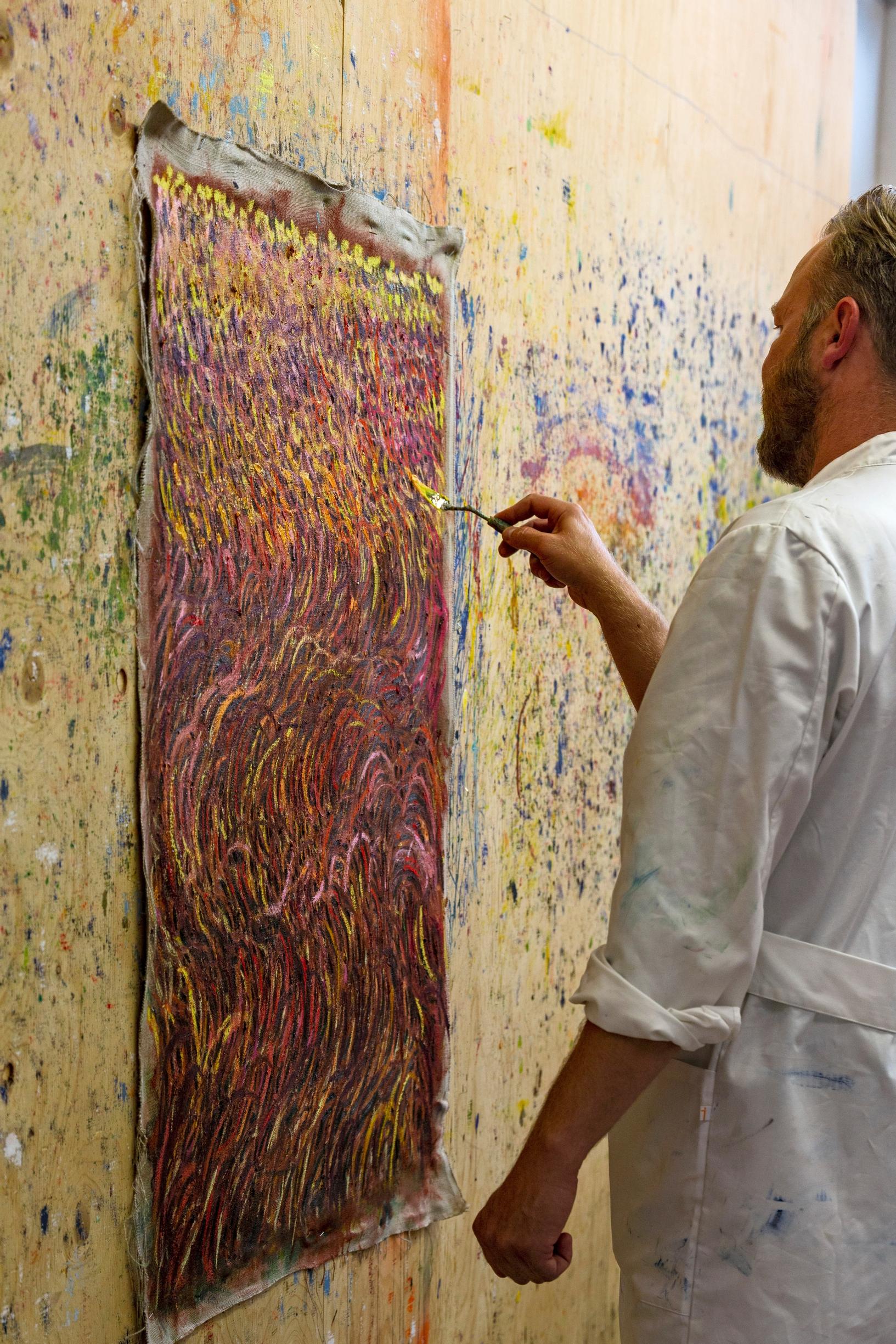
Rovaniemi’s Tapiola is a cozy district surrounded by lush trees that has the communal atmosphere of Berlin, but is surrounded by much more nature. In summer, Eemil and Heini-Tuuli grow herbs in their garden and grill fresh fish they catch from the nearby river and lake. In winter, you can step into skis right outside the front door, and the northern lights can be admired from the garden.

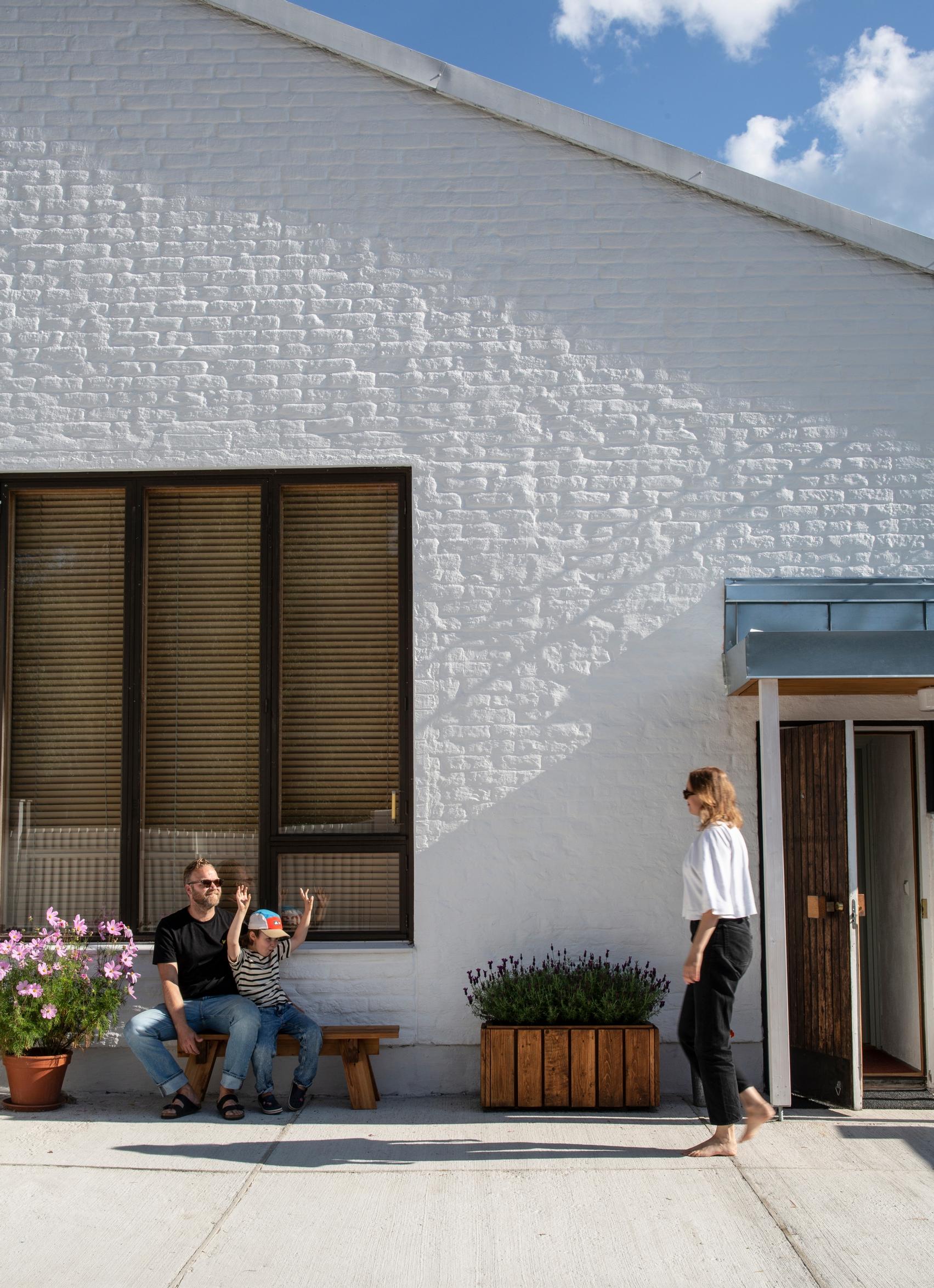
How did you end up with a former heating plant?
Heini-Tuuli: We like to say we didn’t find the building—it found us! Even before we moved back to Finland, someone told Eemil about an intriguing heating plant, when he happened to mention, after our child was born, that we were thinking of moving back to the north of Finland.
We got to try living in the house for six months to see how it would handle both summer and winter. We fell in love with it right away. It felt like us, and there was something familiar about it: that industrial Bauhaus vibe of Berlin. Not long after we settled in, we realized we couldn’t imagine living anywhere else in Rovaniemi.

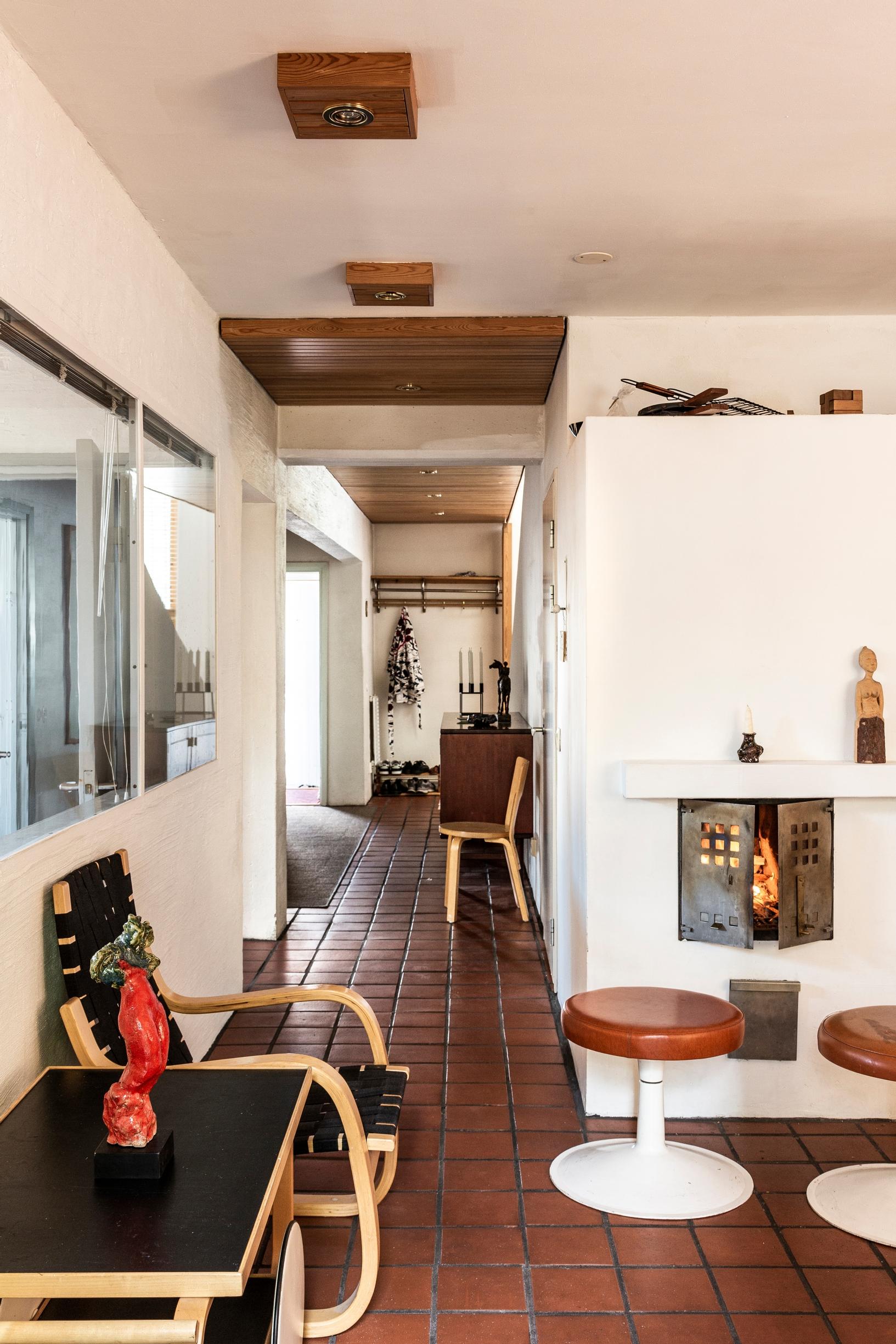

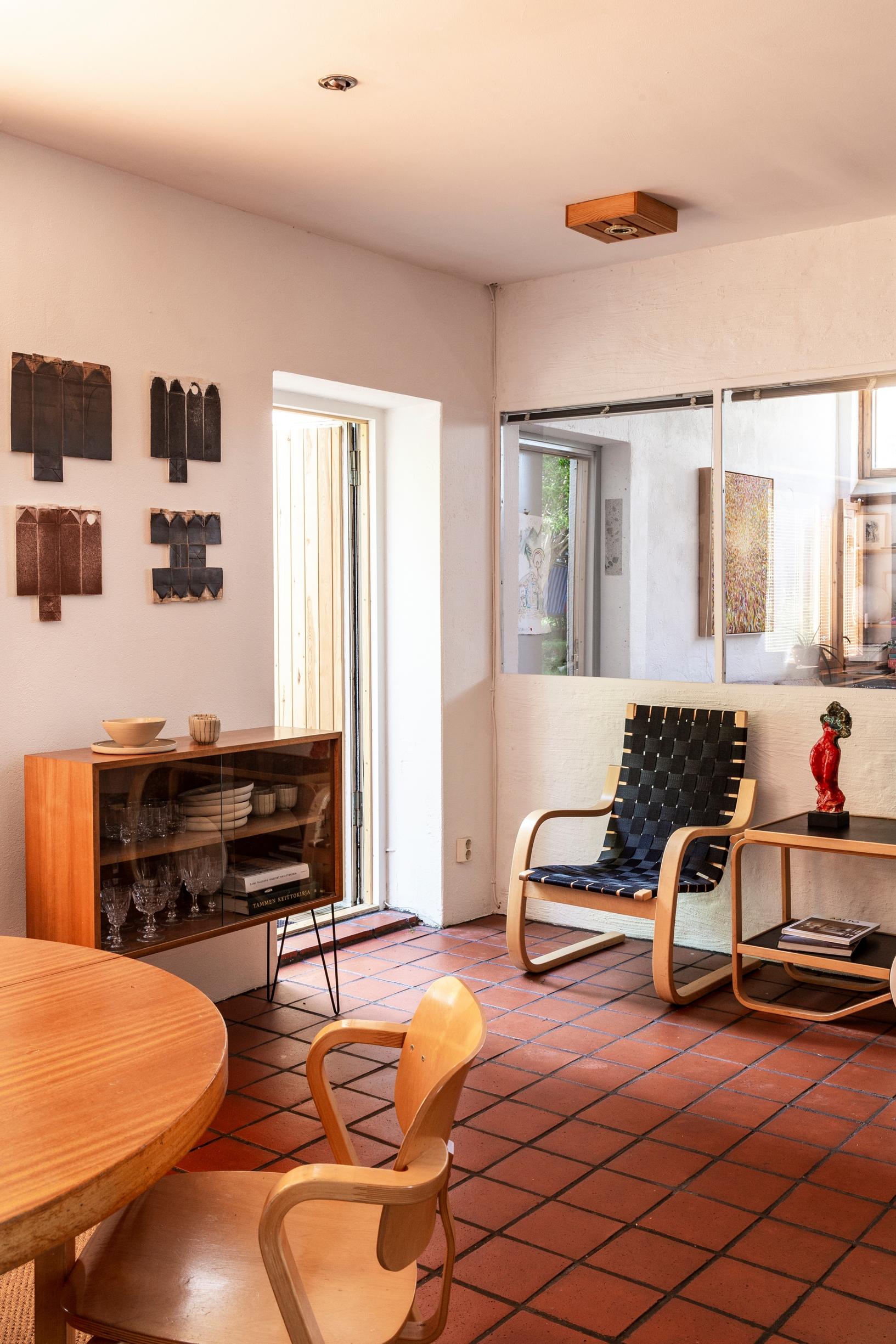

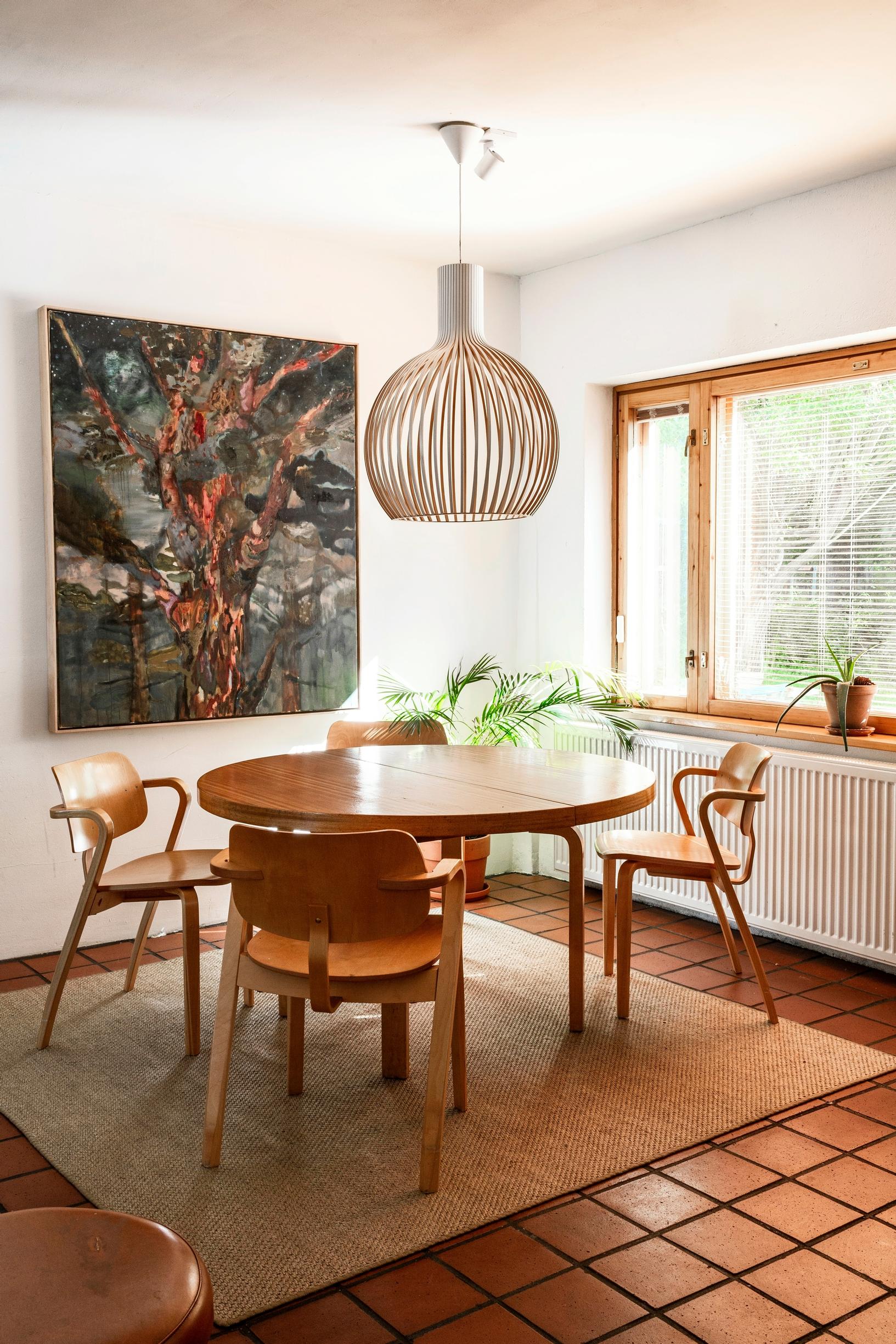
When was the heating plant turned into a home?
Eemil: The heating plant was decommissioned in 1992 and sat empty for several years until industrial design professor Veikko Kamunen and cultural anthropologist Anne Tainio bought it in 1997 and converted it into living space with approval and guidance from the Alvar Aalto Foundation. Architect Nils Kostiainen served as an advisor. Three levels were built inside the tall, empty boiler room, new window openings were introduced, and a skylight—typical of Aalto—was added where the chimney once stood. Terracotta tiles were laid on the floors.

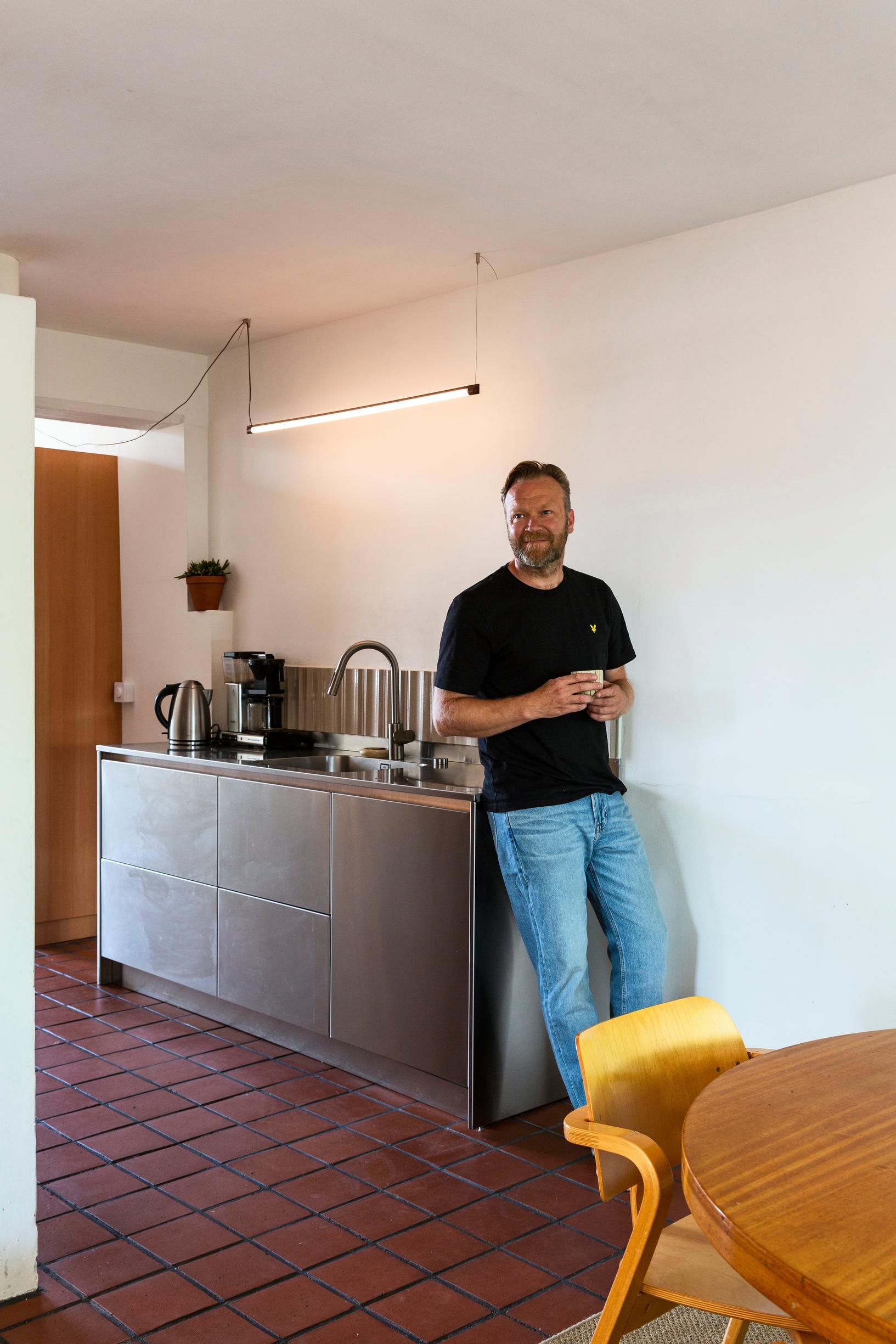

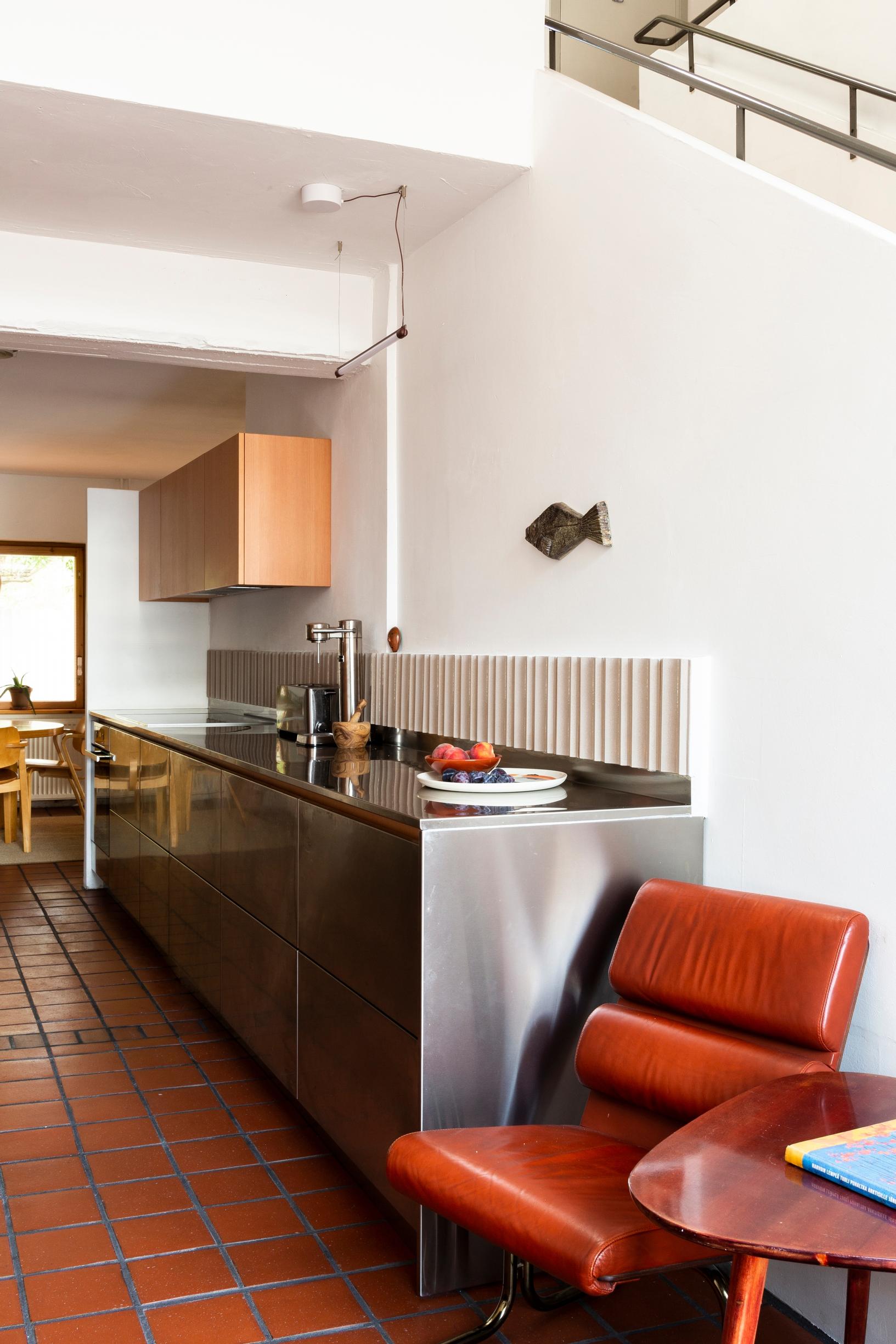

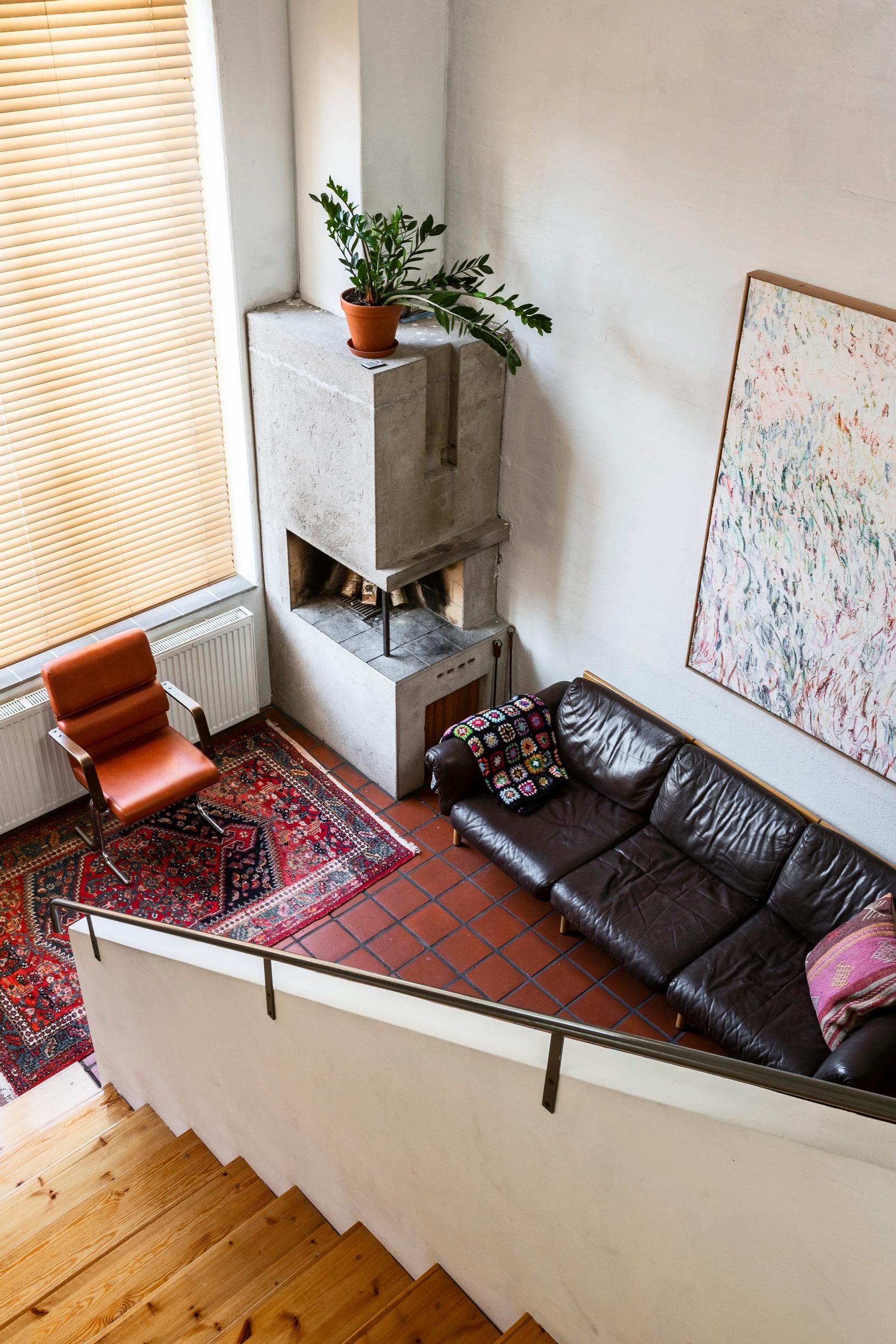

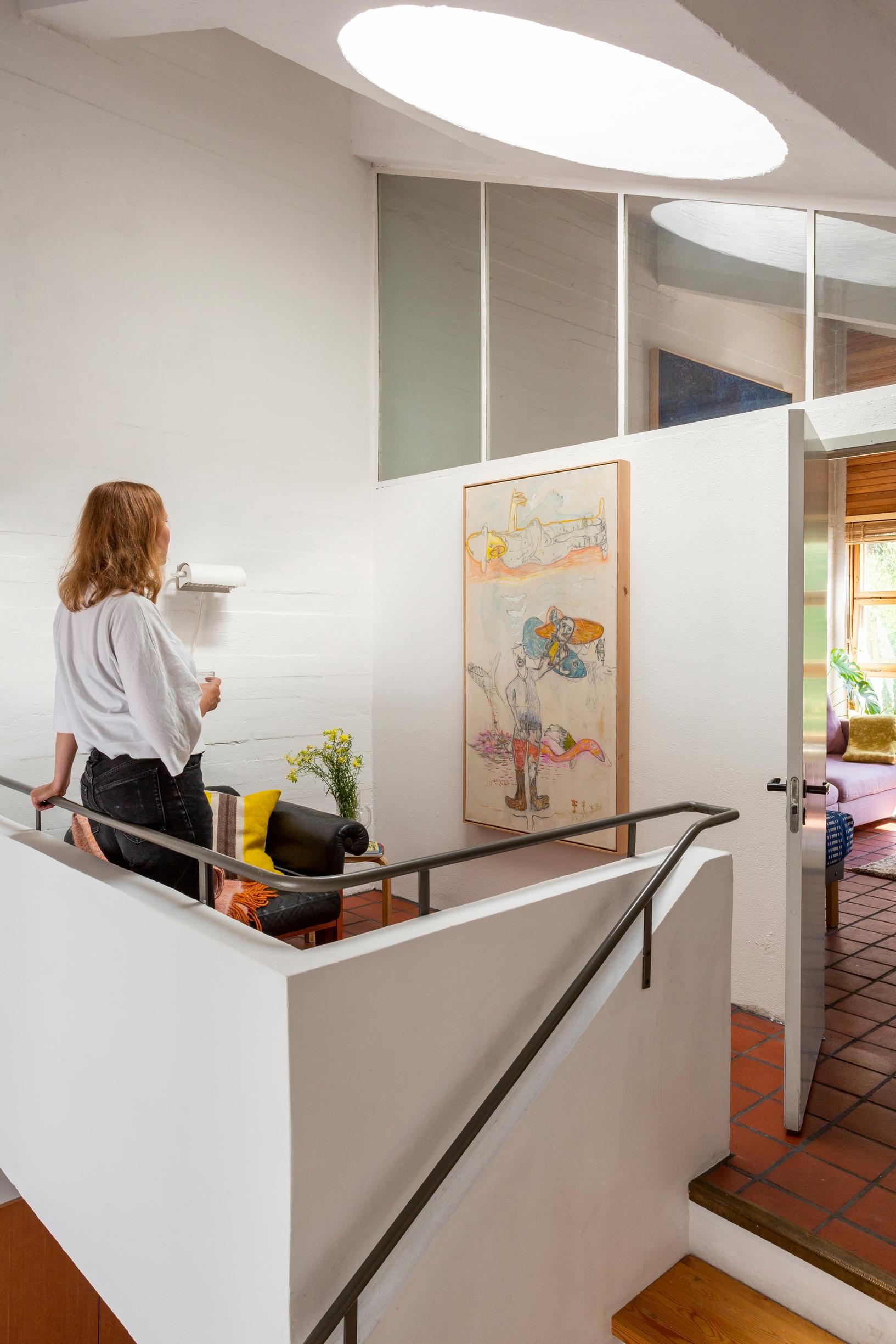
What changes have you made to the house?
Eemil: We’ve painted the exterior twice and replaced damaged window trim and old seals with linseed putty and oil-based paint. We also installed new double-glazed windows, which have better insulation. We’ve refreshed the foundation, done some concrete work in the front yard, and last summer, we built a canopy over the front door.
Heini-Tuuli: An older building needs a lot of care, which Eemil has fortunately been able to do mostly on his own. The biggest indoor project was redoing the kitchen. We tore down the old kitchen wall, which opened up the space significantly and let natural light flow throughout the entire ground floor.
Heini-Tuuli: Living in a neighborhood and building designed by Alvar Aalto leads to fun encounters. Sometimes architecture students or Aalto aficionados tour the surroundings, taking pictures. One time, a Japanese couple appeared at our door, and very politely asked to know about the heating plant. Eemil was painting a wall, but to the couple’s absolute delight, invited them inside to explore and shared the building’s story over tea. The man turned out to be an architecture professor, and he gave us his card and welcomed us to visit them in Japan anytime.
“Art has always been my way of understanding the world, shaping my identity, and learning new things.”Eemil Karila
Art is everywhere in your home. Whose work is it?
Eemil: Every piece of art in our home is personally meaningful to us. In particular, we have works by northern artists and by our artist friends in Berlin. We have several bronze and ceramic sculptures by Heini-Tuuli’s father, the sculptor Jouni Onnela. My mother, Ritva, creates wonderful handicrafts, and they can be found in almost every room. My niece Noora Karila is a ceramicist, and she has made us tableware that go with the style of the building. Good with their hands, our family members also helped with the renovations we’ve done on the house.

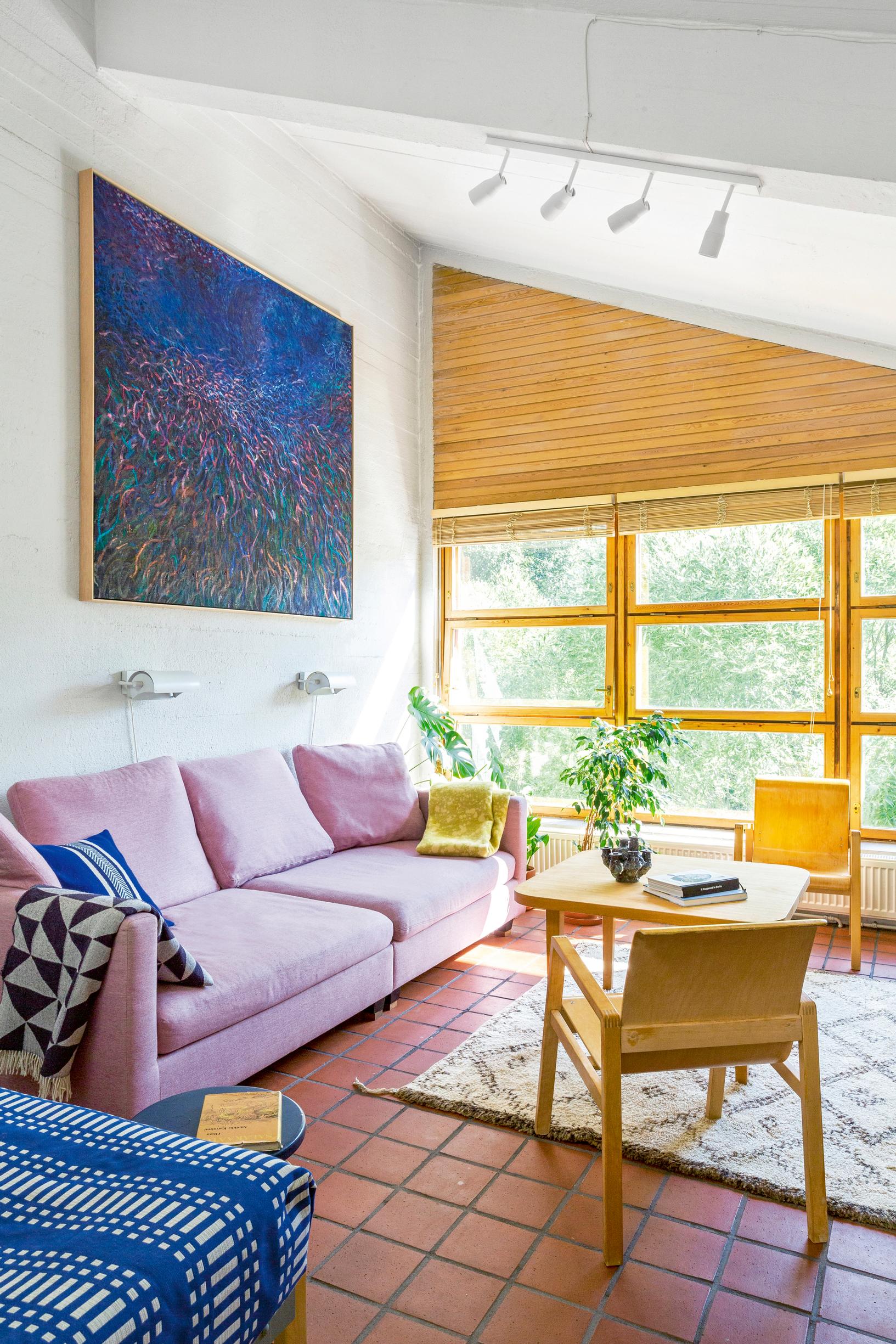

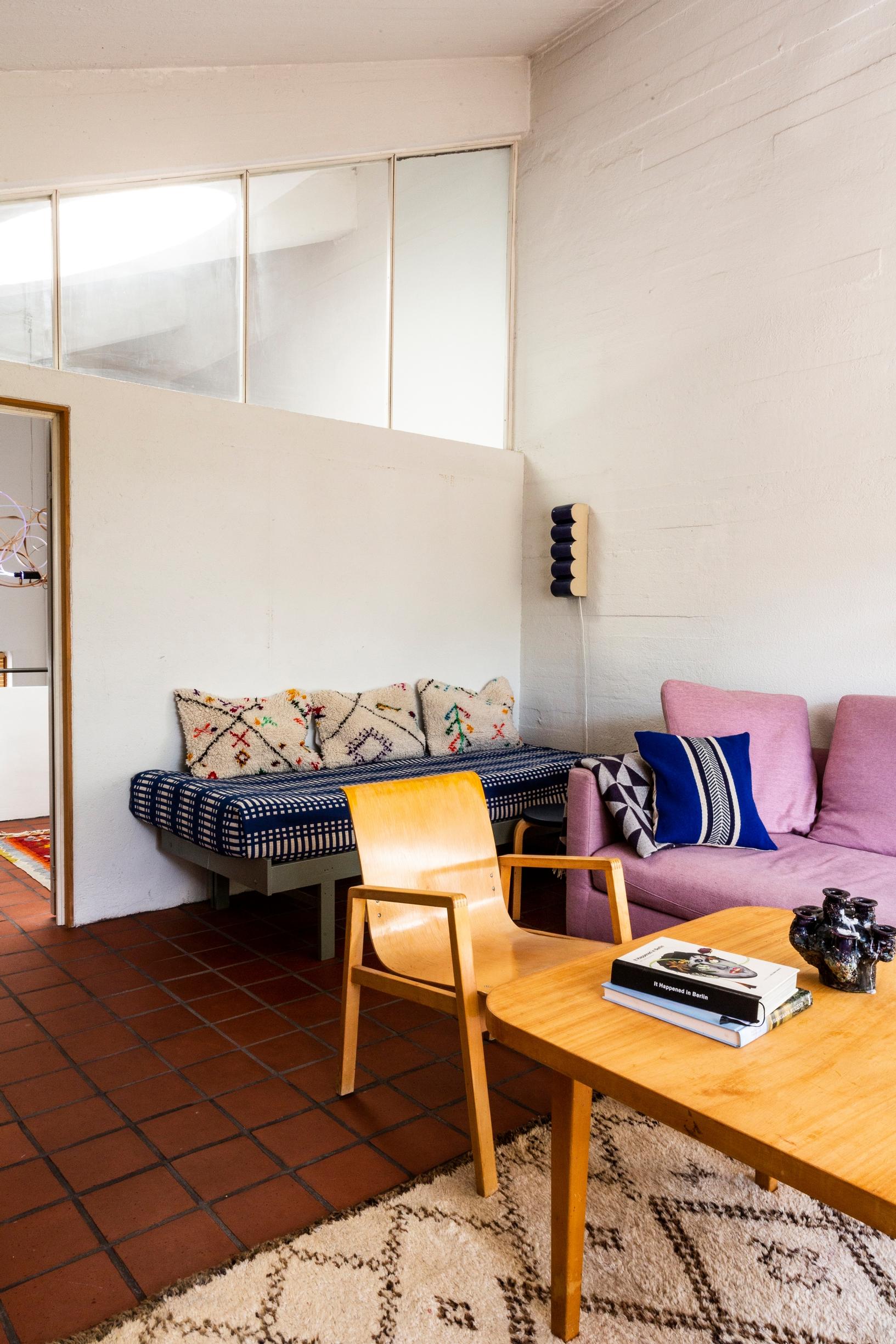

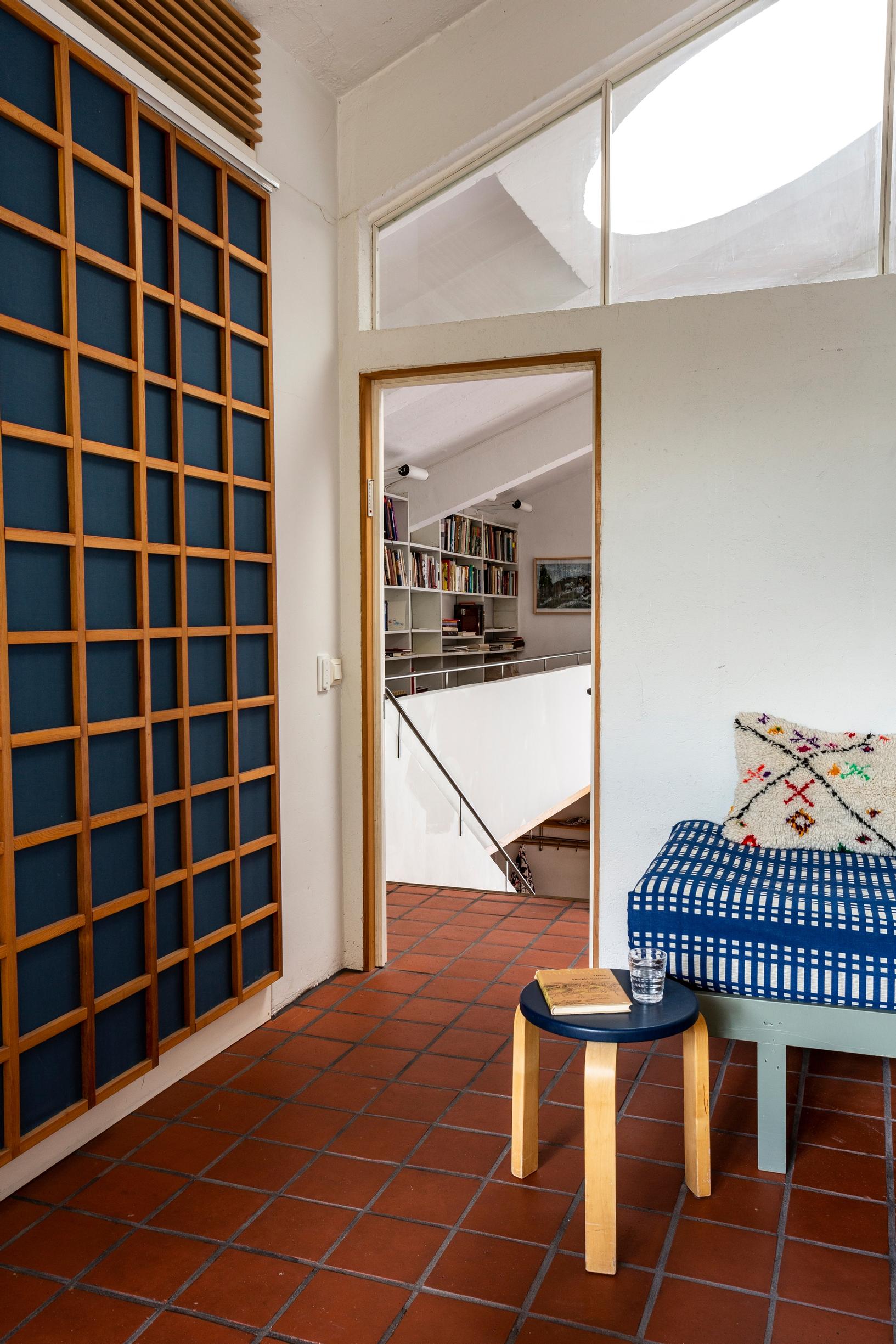
You were both active in the art community in Berlin. Have you found a community in Rovaniemi?
Heini-Tuuli: Rovaniemi’s Tapiola is a very close-knit neighborhood, with a wonderful spirit of collaboration. Neighbors help each other, and we arrange events together, as well. Many international families live here, which feels especially welcoming to us as returnees from abroad.
Eemil: Berlin’s Finnish art community was very close-knit, and everyone knew each other. That same strong, cross-disciplinary sense of community exists among artists in Rovaniemi and throughout Lapland. The visiting culture is also similar to Berlin—more spontaneous, compared to Helsinki, for example.

